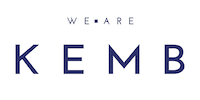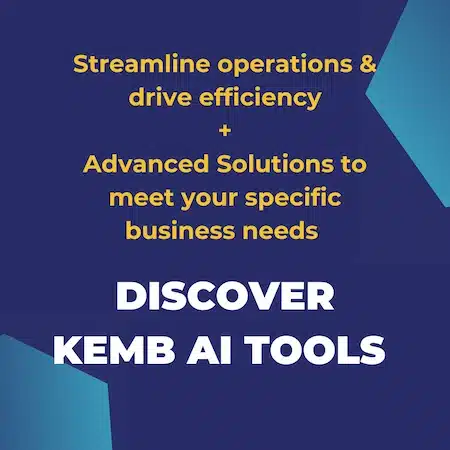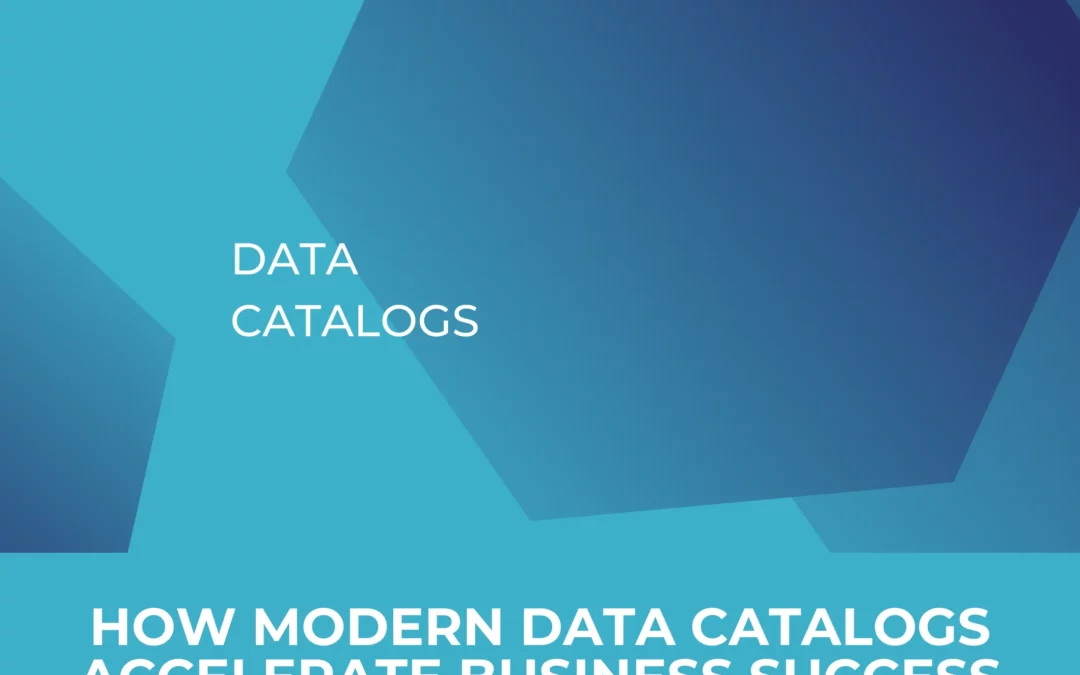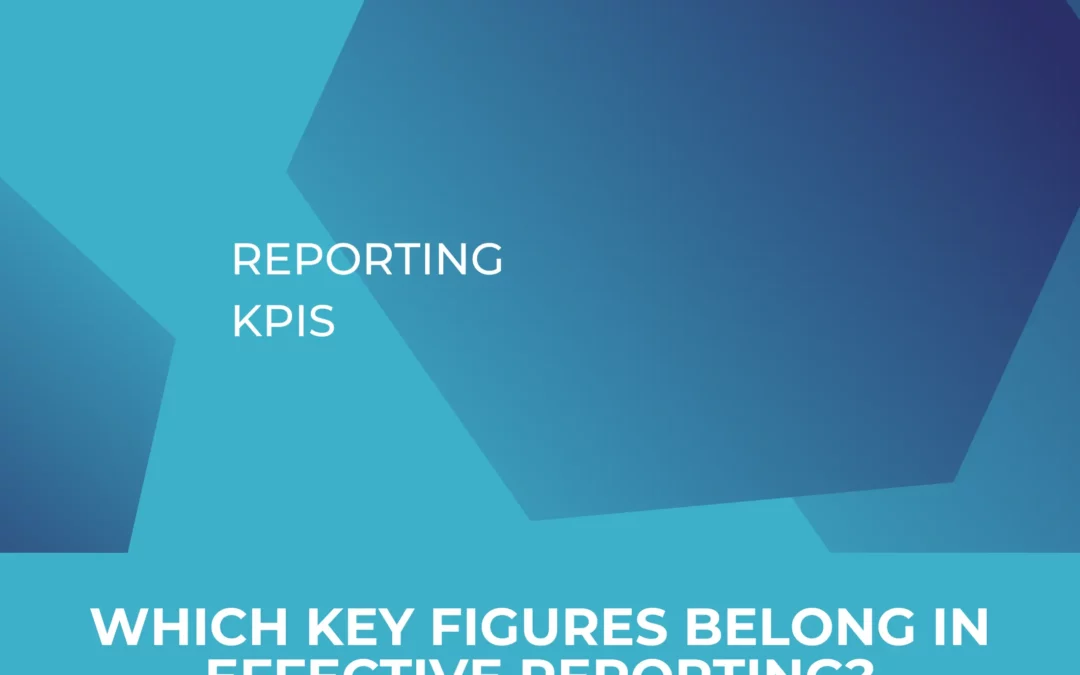Reporting or dashboard? Let’s end the confusion
Many marketing and BI teams face the same challenge: there are countless dashboards, but no one is making informed decisions. Or reports are painstakingly created, but performance has long since collapsed by the time they are finally read.
Which is better: dashboard or reporting? The short answer is: it depends. You will find the longer answer, which is crucial for your company, in this article.
At KEMB, we support companies in setting up scalable reporting structures and data-driven decision-making processes.
Table of Contents
If you would like to clarify some basics first, we recommend our article:
What is marketing reporting? There you will learn how to structure KPIs in a meaningful way and set up sustainable reporting processes.
In this article, we will show you:
-
what a dashboard can actually do and where it falls short,
-
why reports are more than just PowerPoint files with numbers,
-
and how you can combine the two so that your teams can take action.
Quick check: What does your team need: reporting or a dashboard?
If you had to decide today whether you need reporting or a dashboard, would you know right away?
This compact decision-making aid will help you:
| Decision Criterion | Dashboard | Reporting |
|---|---|---|
| Purpose | Real-time monitoring | Analysis, retrospection, context & actionable insights |
| Target audience | Operational teams, analysts | Management, stakeholders, investors |
| Data freshness | Real-time / near real-time | Periodic (e.g. monthly, quarterly) |
| Format | Interactive, filterable, visual | Documented, structured, possibly with commentary |
| Typical tools | Power BI, Tableau, Looker Studio | PDF, PowerPoint, BI export, automated |
| Example | Monitoring ROAS in a live campaign | Monthly report with strategic recommendations |
In short:
-
If you want to see what’s happening right now → Dashboard
-
If you want to understand why something happened → Reporting
Definition: Reporting vs. dashboard explained simply
What is reporting?
Reporting is a structured compilation of data – usually retrospective, regular, and annotated.
Objective: To analyze developments, identify patterns, and prepare decisions.
Typical features:
-
Time reference (e.g., monthly report)
-
Fixed format (PDF, slides)
-
Comments, recommendations
-
Target audience: Management & stakeholders
Example: A marketing report shows how ROAS has changed over three months and why.
What is a dashboard?
A dashboard is an interactive visualization of data – usually in real time or near real time.
Goal: Monitoring, control, quick overview of relevant KPIs.
Typical features:
-
Live data
-
Interactive filters, drilldowns
-
Operational target groups
Example: A PPC dashboard shows daily spend, CPC, and conversion rates – up to date and visually.
What many companies are doing wrong (and how you can do it better)
Many companies invest a lot of time in dashboards, yet the most important question remains unanswered: “What should we do now?”
We frequently observe the following mistakes:
Dashboards without a target audience
→ Too many KPIs at once – no one feels addressed.
Solution: Develop role-based dashboards.
Reports without a story
→ Numbers without context.
Solution: Data stories with clear interpretation and recommendations.
Tool-first instead of setup-first
→ Wrong tool selection without a solid foundation.
Solution: First data structure & processes, then tools.
Either/or instead of both/and
→ Dashboards and reports conceived as opposites.
Solution: Combination – depending on the goal and target audience.
Practice: How successful teams do it
Dashboard for performance monitoring
Use case: Paid media monitoring (ROAS, spend, CTR)
Tool: Lookerstudio or Power BI (tip: our comparison of popular business intelligence tools)
Advantage: Real-time response
Reporting for strategy & management
Use case: Monthly report for funnel, leads & SQL quality
Tool: PowerPoint via BI automation
Advantage: Context & recommendations
Hybrid setup with clear data flow
Use case: E-commerce companies with performance and strategy needs
Setup: Dashboard for day-to-day business, reporting for reviews
Stack: Snowflake + dbt + Power BI
Result: Clarity, efficiency, scalable processes
If you are interested in Snowflake, you should also take a look at our comparison of Snowflake and Databricks.
Setup & data flow: The underestimated foundation
Many reporting problems do not start in the tool, but deep below it – in the database. Without clear definitions, clean processes, and automated data flows, dashboards and reports lose their significance. This quickly becomes a bottleneck, especially in growing companies: KPI inconsistencies, manual workflows, lack of transparency.
Therefore, if you want to build effective reports and dashboards, you first need a reliable, automated, and scalable data structure. In this chapter, we show you where typical setups fail – and what a modern, clean data foundation looks like.
Typical weaknesses:
-
Inconsistent KPI definitions
-
No automated data pipelines
-
Data silos & copy-paste processes
-
Lack of role distribution
Our setup approach at KEMB:
-
KPI frameworks & clear responsibilities
-
Automation with, for example, Fivetran, dbt & Snowflake
-
Separation of visualization and analysis
-
Training & enablement
Tools & technologies compared
Even though tools are not at the heart of a BI strategy, they play an important role in the reporting and dashboarding process. The right platform can help automate processes, visualize data clearly, and serve different target groups efficiently.
But which tool is suitable for which purpose – and what should you look for when making your selection? In this section, we briefly introduce a few platforms, highlight their differences, and explain how our customers work with Power BI, Looker Studio, Tableau, and dbt.
Power BI
-
Ideal for enterprise environments
-
Integration with the Microsoft ecosystem
Looker Studio
-
Free, easy to use
-
Strong Google integration
Tableau
-
Powerful for exploratory visualization
-
Ideal for complex data stories
dbt + Power BI for automated reporting
-
Modeled, versioned database
-
Automated reports at the touch of a button
For more details, read our detailed comparison of popular data visualization tools.
Conclusion: Successful reporting starts with the right questions
Those who pit reporting and dashboards against each other quickly lose sight of the big picture: it’s not about the tool, but about the decision based on it.
Dashboards offer speed, visualization, and the ability to control operational processes in real time. They help teams react quickly – but often provide little explanation. Reporting, on the other hand, provides depth, context, and strategic insights. It enables you to understand developments and make informed decisions. Both formats have their place when used clearly according to their target, target group, and purpose.
More importantly, even the most attractive dashboard or the most detailed report is useless if the data it is based on is unclear, fragmented, or maintained manually. Without consistent KPIs, automated data flows, and a clean setup, neither dashboards nor reports can reach their full potential.
At KEMB, we see every day how much potential there is in well-orchestrated reporting systems.
Provided they are built with the right infrastructure, the right tools, and, above all, a clear understanding of their function. Our recommendation: Think about the decision, not the tool. The best teams usually rely on both, tailored to roles, data flows, and business goals.
If you want to find out how a reporting and dashboard setup that really works can look like in your company, talk to us.
Frequently asked questions (FAQ)
What is the difference between reporting and dashboards?
Reporting analyzes and evaluates data retrospectively. Dashboards display current figures visually and interactively.
When should a dashboard be used?
When operational decisions need to be made based on current data—e.g., in paid campaigns.
What additional benefits does reporting offer?
It provides strategic context, development trends, and specific recommendations.
Can a dashboard replace reporting?
No—dashboards provide an overview, while reports interpret and derive conclusions.
How can both be combined effectively?
Dashboards for day-to-day operations, reports for management and strategy.





